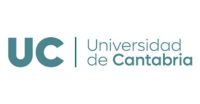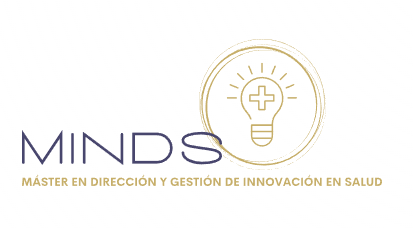The research group “Cell Signalling and Therapeutic Targets in Cancer” of the Valdecilla Health Research Institute Foundation (IDIVAL) and the Marqués de Valdecilla University Hospital have genetically identified a new variant of the autistic spectrum in a pediatric patient by applying techniques of massive sequencing.
Known as the ADNP syndrome, the identification of this variant of the autistic spectrum has allowed to use patient's cells to generate in the laboratory an experimental model of this disease, which will allow to advance in the knowledge of its origin and in the development of new treatments.
Led by Dr. José Luis Fernández Luna, expert of the Genetic Unit, and with the collaboration of Dr. Domingo González Lamuño, of the Valdecilla Pediatrics Service, this research group has used a cell reprogramming technology known since 2006, it consists in obtaining cells of the patient and reprogram them in the laboratory to endow them with the capacity to generate different types of cells.
Dr. Fernández Luna explained that in this case peripheral blood lymphocytes have been obtained from the patient who, through the application of genetic techniques, have become pluripotent stem cells with characteristics of embryonic stem cells. “This means that, once reprogrammed, they have the ability to differentiate cells from different tissues, being able to generate muscle cells, neurons, etc.”
He has indicated that the advantage of reprogrammed cells to pluripotent stem cells is the availability of an inexhaustible source of cells for multiple studies, and can be shared with other research groups to conduct their own research. In this way we can universalize a model to better understand a disease that has been known for only five years, he said.
He highlighted that the disease model generated in collaboration with the Pfizer Center, the University of Granada and the Andalusian Board of Genomics and Oncological Research (GENYO), represents a good opportunity to try new treatments, in order to obtain more information about its effectiveness before starting a clinical trial.
Despite the fact that patients with hereditary diseases or rare diseases take an average of five years to obtain a diagnosis, Dr. Fernández Luna has emphasized the new methods of genetic diagnosis based on the massive analysis of the genome. These methods, he said, “shorten these times and improve diagnostic efficiency, so the challenge is to get these systems to reach all patients with suspected rare disease.”
There are currently about 200 children worldwide diagnosed with the ADNP syndrome, which still has many unknowns about how and why it originates and what is its evolution throughout the life of the patient.





















